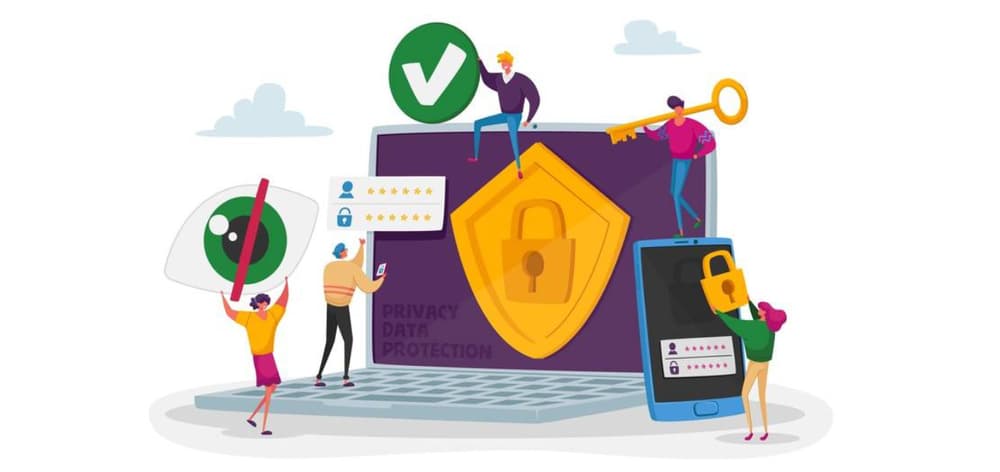Streaming services. Fitness apps. Cloud storage. Meditation guides. Food delivery perks. They each seem affordable—until your bank balance tells a different story.
The Subscription Trap: How Monthly Fees Drain Your Wealth Silently
Written by Sumit Kaushik

In our convenience-first digital era, subscription is the new norm. From binge-streaming your go-to show on Netflix to hearing ad-free tunes on Spotify, many of us are shelling out monthly subscription fees for convenience, entertainment, and even sometimes productivity.
These services cost mere dollars a month, but they have a sneaky risk associated with them: subscription creep—the insidious piling up of recurring costs that can creep up on your wallet unnoticed.
What's the Subscription Trap?
The Subscription Trap is the economics of how numerous tiny monthly subscriptions stealthily drain your pay dry. These payments—automatically drawn and easy to overlook—stack up over time, often failing to provide corresponding value.
You may not feel the devastation one month, but after a year, the arithmetic is terrifying:
| Service | Monthly Fee | Annual Cost |
|---|---|---|
| Netflix | $15.49 | $185.88 |
| Spotify Premium | $10.99 | $131.88 |
| Apple iCloud (200GB) | $2.99 | $35.88 |
| Peloton App | $12.99 | $155.88 |
| Amazon Prime | $14.99 | $179.88 |
| Total (just 5 subs) | $689.40/year |
That's about $700 per year—before even accounting for software utilities, paid newsletters, failed trials, or business platforms.
Why Subscriptions Are So Sneaky
- They're Frictionless: Auto-payments are convenient, i.e., you don't feel the pinch of spending every month. It's out of sight, out of mind.
- Small Charges Fly Under the Radar: A one-time $5 or a $10 discount isn't going to raise the kind of red flags that a $500 charge does. But multiplied over months or years, little drips make big puddles.
- Free Trials Turn into Recurring Subscriptions: You joined up for that 7-day free trial, never unsubscribed, and now it's quietly drawing $12/month out of your account.
- Bundled or Duplicate Services: You might be paying for Spotify and YouTube Premium for music—or Microsoft 365 and Google Drive for cloud storage—without even realizing the overlap.
How Subscriptions Impact Your Financial Health
- Erodes Emergency Funds: If you’re spending hundreds per year on unused or duplicate services, you’re reducing your ability to build an emergency buffer.
- Prevents Investment Growth: That $700 per year? Invested every year at a 7% rate of return, it'd be over $10,000 in a decade.
- Encourages Passive Spending: Subscriptions justify "set-it-and-forget-it" spending, the antithesis of financial responsibility.
How to Reclaim Your Cash Flow
1. Review Your Subscriptions
Review your bank statements and app store purchase history.
Use apps like Truebill (Rocket Money), Bobby, Trim, or Mint to track subscriptions automatically.
2. Value Prioritize
Ask yourself:
When did I ever use this?
Is it worth paying the monthly fee for?
Can I get a similar feature for free?
3. Bunch or Downgrade Plans
Share family plans wherever possible.
Take yearly plans if they give discounts and you actually use the service often.
Unsubscribe from duplicate services.
4. Schedule Subscription Review Dates
Set a calendar reminder every 3–6 months to review all active subscriptions.
5. Prepay Trials Using Prepaid Cards or Virtual Cards
Prevent bill shock over long periods by keeping exposure to your core accounts under control.
Subscription Trap to Subscription Strategy
Subscriptions aren't bad. They're excellent value when used wisely. The secret, however, is to remain active—not inactive. Instead of dozens of monthly payments against you, have a couple of high-value services that actually enhance your work or life.
Final Thoughts
The subscription economy isn't slowing down—if anything, it's only gaining momentum. But your hard-earned cash doesn't need to be going towards the silent siphon. A few judicious adjustments can save hundreds (if not thousands) of dollars into your bank account every year.
Take control. Review regularly. Spend thoughtfully. Because convenience shouldn't equal sacrificing financial autonomy.